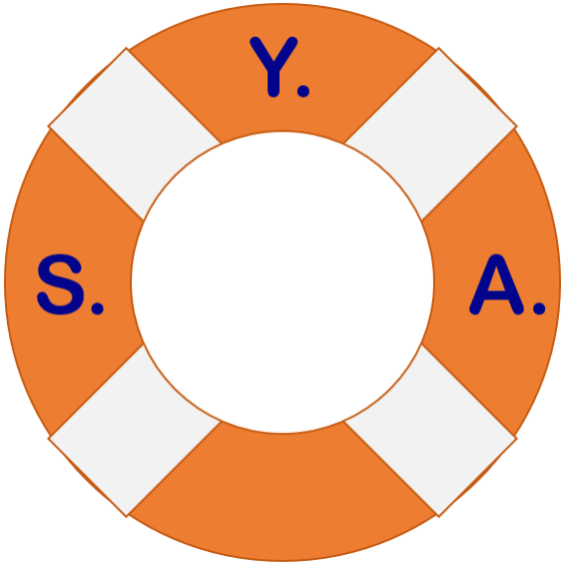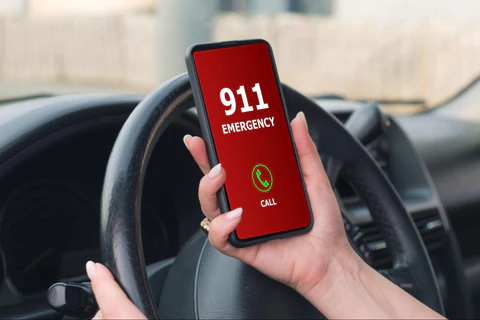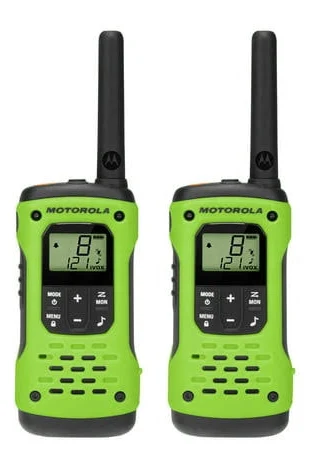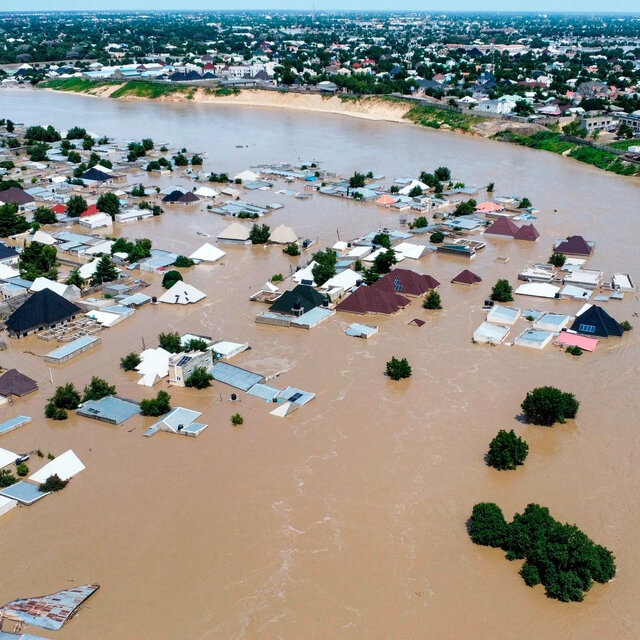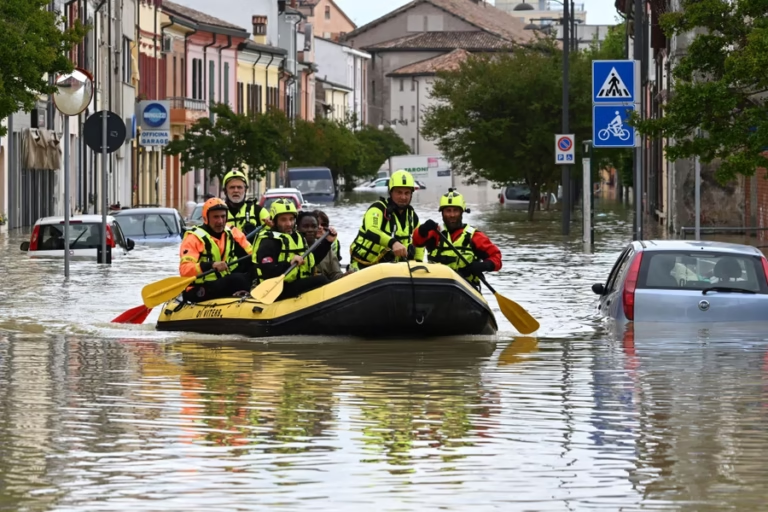Emergency communications are the means of communicating with people who are in danger or need urgent assistance. Emergency communications can save lives, prevent further harm, and coordinate rescue efforts. In this article, we will discuss what emergency communications are, why they are important, and what options are available for different situations.
What are emergency communications?
Emergency communications are any form of communication that is used to alert, inform, or request help from others in an emergency. They can be verbal, such as shouting or calling for help, or non-verbal, such as using signals, signs, or devices. Emergency communications can also be direct, such as talking to someone face-to-face or over the phone, or indirect, such as broadcasting a message over the radio or the internet.
Why are emergency communications important?
Emergency communications are important for several reasons.
First, they can help prevent or reduce the severity of an emergency by alerting people to potential dangers or hazards. A fire alarm, for example, can warn people to evacuate a building before the fire spreads.
Second, they can help provide information and guidance to people who are in an emergency situation. Think about how a 911 operator can instruct a caller on how to perform CPR on a victim of cardiac arrest.
Third, they can help mobilize and coordinate resources and responders to assist people who are in need. A distress signal can alert nearby ships or planes to a sinking vessel or lost or stranded hikers.
What options are available for emergency communications?
There are many options available for emergency communications depending on the type, location, and severity of the emergency. Some of the most common options are:
Phone
Phones can be landline or mobile, and can be used to call 911 or other emergency numbers in most countries. They can also be used to send text messages or access the internet in some cases. Phones are widely available and easy to use, but they may not work in areas with poor signal coverage or during power outages.
Radio
A radio is a device that allows voice communication over electromagnetic waves. Radios can be AM or FM, and can be used to listen to broadcast stations that provide news, weather, or emergency information. It is strongly recommended to have a crank-operated battery powered emergency radio in your emergency kit so you can stay informed of changing conditions in an emergency situation.
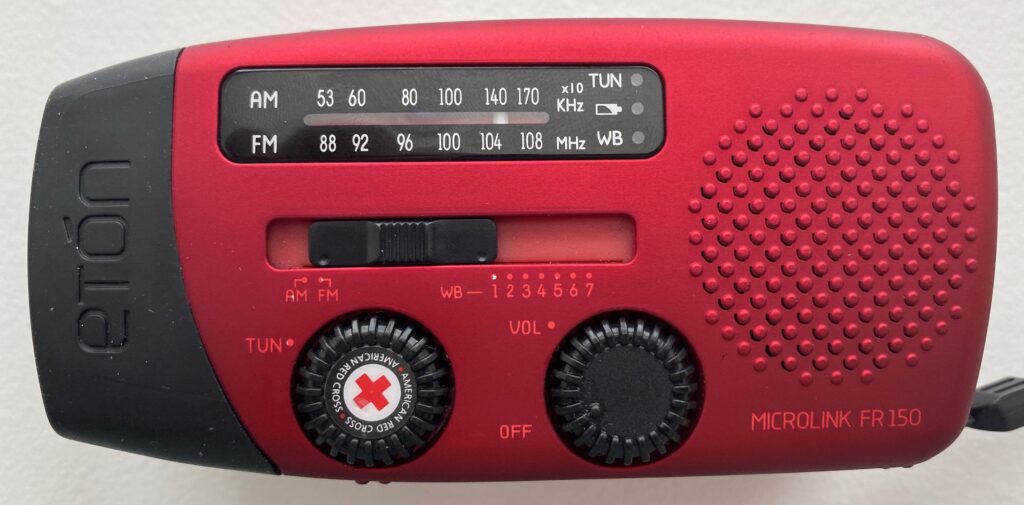
Radios can also be CB or ham, and can be used to communicate with other radio users over short or long distances. Radios are portable and battery-powered, but they may require a license or registration to operate legally. Hand-held two-way radios are very common and easy to use but have a limited range.
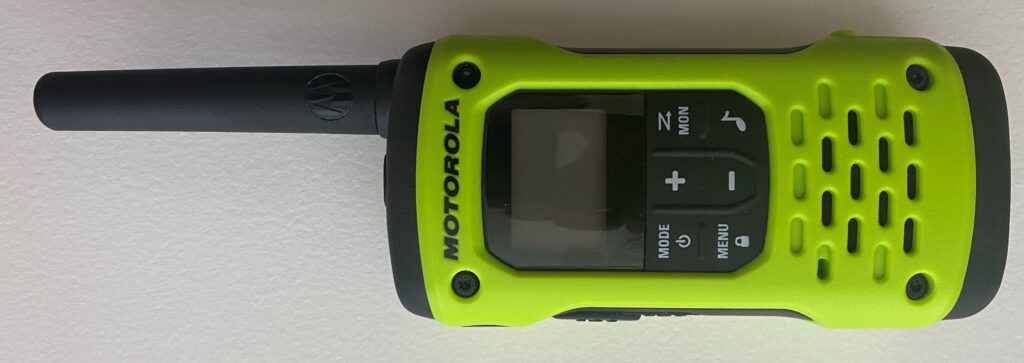
Internet
The internet is a global network of computers and devices that allows data communication over various protocols.
Use the internet to access:
- Websites (get information from the Red Cross, FEMA, your bank, local services, etc)
- Email (easily notify loved ones you are ok)
- Social media (post on Facebook, Twitter, Instagram, etc)
- Apps such as Skype, Teams or Zoom to chat or make voice and video calls
The internet is fast and versatile, but it may not be accessible in remote areas or during network disruptions. Depending on the situation, using an app or social media site may be easier and faster to reach out compared to phone networks. In recent disasters, Tesla’s Starlink satellite internet has provided connectivity in disaster areas for first responders and survivors and has been used in war torn Ukraine as well.

Satellite
A satellite is an artificial object that orbits the Earth and relays signals between different points on the ground. They are used to provide phone, radio, internet, or GPS services in areas where other options are not available or reliable. Satellites are expensive and complex, but they offer global coverage and high performance. Examples for this type of communication are satellite phones and GPS communicators.
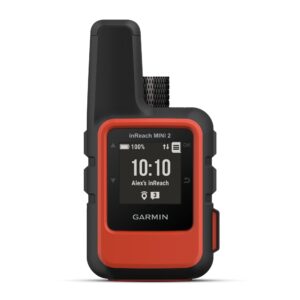
Other
There are other options for emergency communications that may be useful in specific situations or scenarios. Some examples are:
- Whistle: A simple device that produces a loud sound when blown. Blow a whistle to attract attention or signal distress in situations where verbal communication is not possible or effective.
- Flare: A device that produces a bright light or smoke when ignited. Shoot a flare to mark a location or signal distress in situations where visibility is low or communication is difficult.
- Mirror: A reflective surface that can reflect light. Use one to send signals using Morse code or flash patterns in situations where sound is not audible or appropriate.
Who needs emergency communication options?
Uh, everyone. It doesn’t matter if you are a prolific outdoorsman and traveler, or a homebody. A disaster or emergency can happen to anyone anywhere. During those situations, regular lines of communication are often unavailable or overloaded. Having options to make sure you can call for help or check in with loved ones is something everyone should have a plan for.
Conclusion
Emergency communications are essential for safety and survival in any emergency situation. Emergency communications can help prevent emergencies, provide information and guidance, and mobilize and coordinate resources and responders. There are many options available for emergency communications depending on the situation and the needs of the users. It is important to be aware of the advantages and disadvantages of each option and to have a plan for how to use them effectively.
Additional Resources
- Motorola Two-Way Radios
- Garmin Satellite Communicators
- Zoleo Satellite Communicator
- ACR Bivy Stick
- Starlink Internet
Last Updated on May 19, 2023
